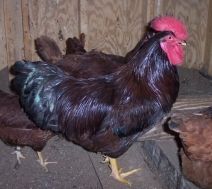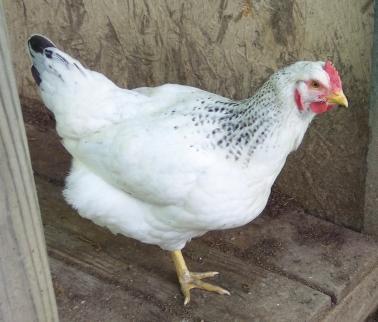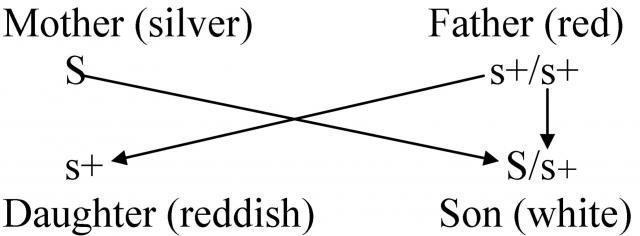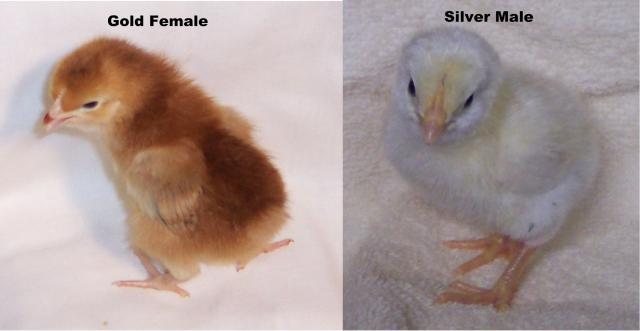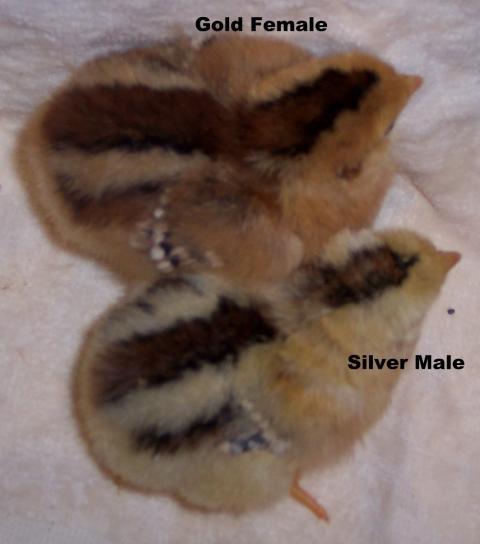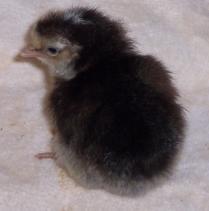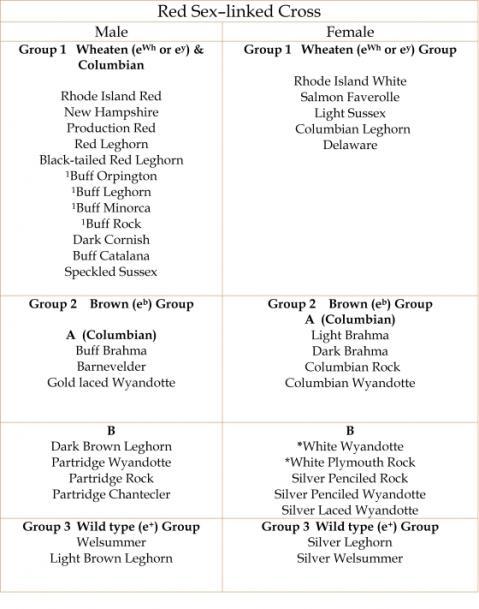JosieMaeChickens
Chirping
- Nov 21, 2022
- 68
- 37
- 68
Looking for advice on getting started breeding our own red sex link chicks. We currently have Golden Comets and enjoy them very much. We are looking to breed either Golden Comets or ISA Browns. The internet is confusing on what the parents should be. Some say RIR rooster with White Leghorn hen while others says New Hamshire with White Rock hen to make the Golden Comet. Looking for advice, especially if you have breed or currently breed red sex links. Thank you!





